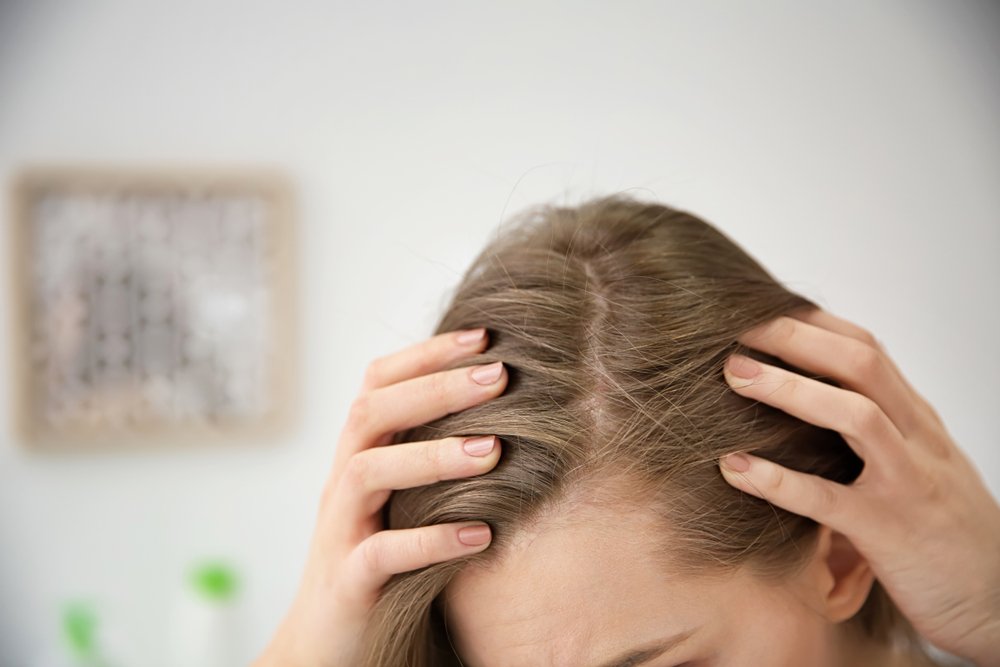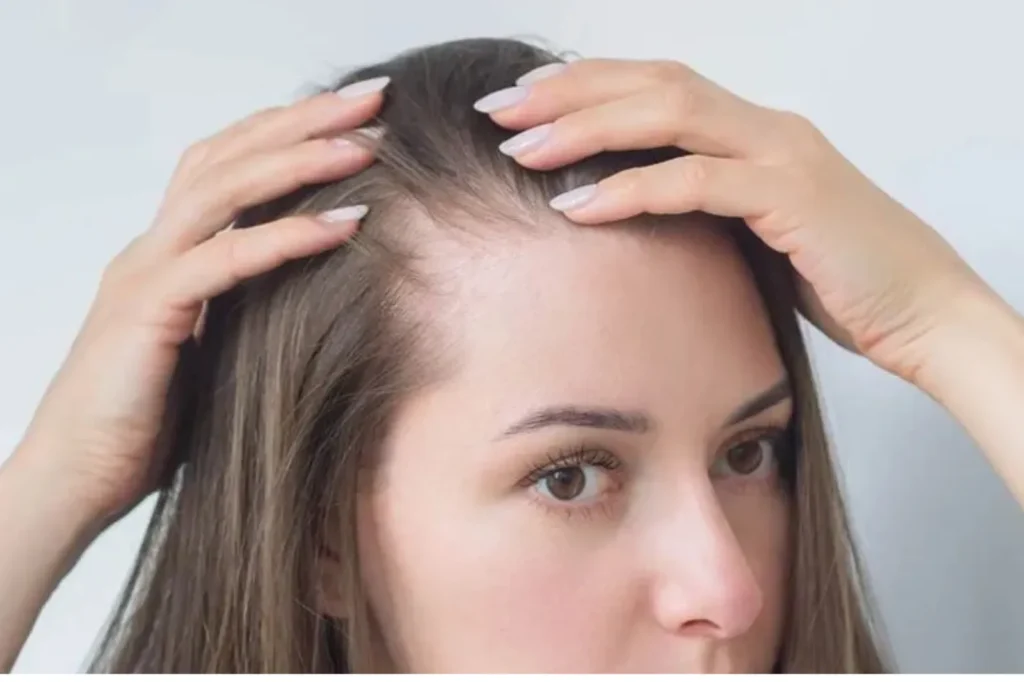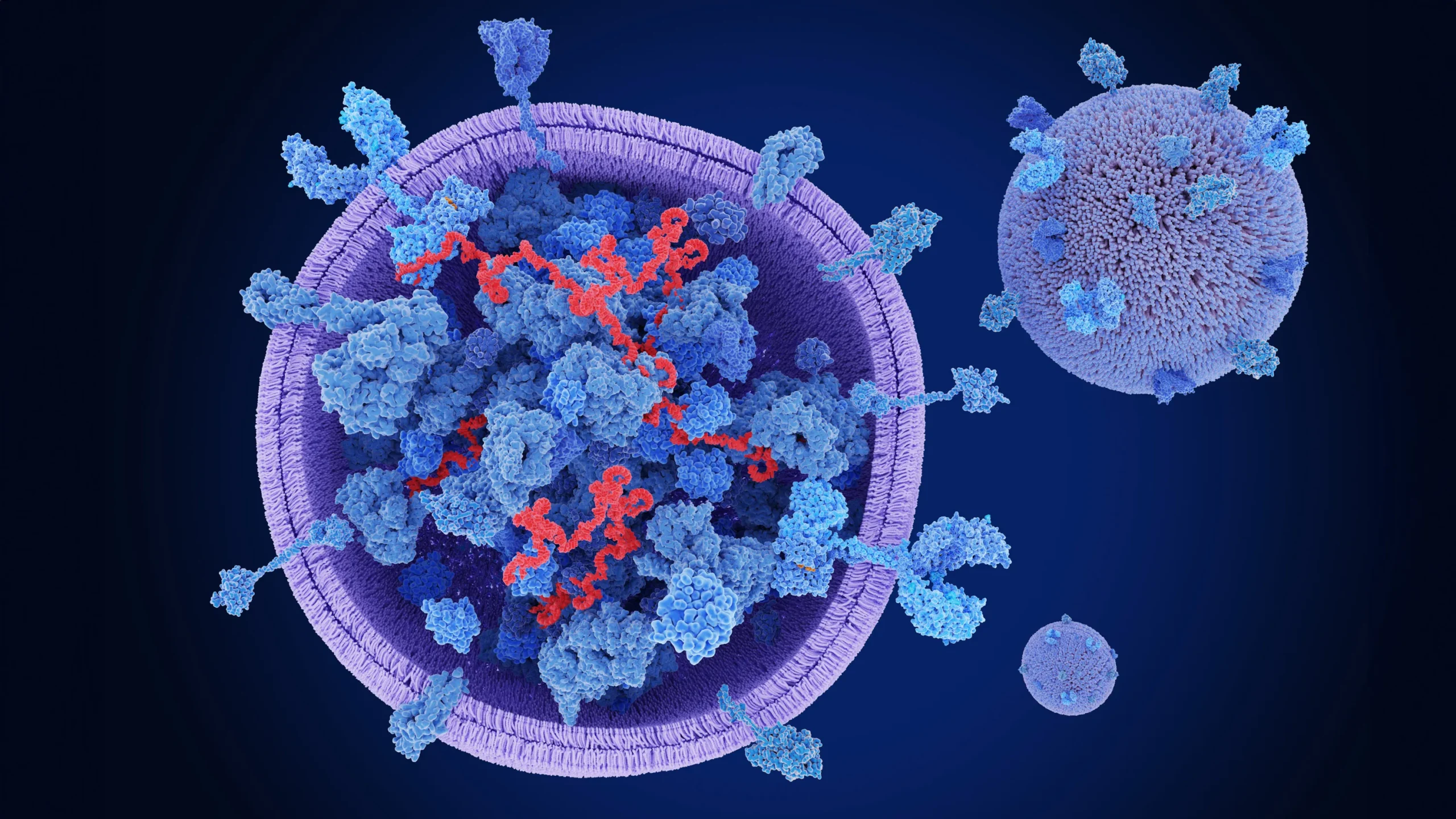Summary This comprehensive article discusses how a hair transplant for female pattern baldness can help restore lost hair, enhance confidence, and provide lasting results. It outlines the procedure, eligibility, benefits, recovery process, and expert tips for optimal results. Whether you're considering a transplant or exploring alternatives, this guide offers a complete overview to help you …
Summary
This comprehensive article discusses how a hair transplant for female pattern baldness can help restore lost hair, enhance confidence, and provide lasting results. It outlines the procedure, eligibility, benefits, recovery process, and expert tips for optimal results. Whether you’re considering a transplant or exploring alternatives, this guide offers a complete overview to help you make an informed decision.

Table of Contents
Introduction
Female pattern baldness is a common condition that affects many women, leading to thinning hair and, often, a loss of confidence. If you are experiencing this issue, a hair transplant for female pattern baldness could be the solution you’ve been seeking. This procedure offers a permanent solution to hair loss, with natural-looking results that can transform your appearance and self-esteem. In this article, we will explore everything you need to know about hair transplants, including how they work, the benefits, who is a suitable candidate, and the recovery process. Let’s dive into the details and see if this life-changing procedure is the right choice for you.
What is Female Pattern Baldness?
Understanding the Causes
Female pattern baldness is a genetic condition that causes hair thinning, typically starting at the parting line and gradually progressing across the scalp. It is primarily linked to hormonal changes, particularly a drop in estrogen levels, which affects the hair follicles. This type of hair loss tends to occur slowly and in a diffuse manner, making it harder to notice until significant thinning has occurred.
Other factors like stress, diet, and certain medical conditions may also contribute to hair loss in women, but the most common cause remains genetics.
Common Symptoms
The symptoms of female pattern baldness usually start with thinning at the part line and crown area. As the condition progresses, the hairline may recede, leading to a noticeable decrease in hair density. Unlike male pattern baldness, which often leads to a bald spot at the top of the head, women generally experience a more diffuse thinning across the entire scalp.
Difference Between Male and Female Pattern Baldness
In men, pattern baldness typically starts at the temples and crown, while women often notice thinning across the entire scalp. Women’s hair loss usually doesn’t result in complete baldness, but it can significantly impact their self-image and confidence.
How Does a Hair Transplant Work for Female Pattern Baldness?
FUE vs. FUT: Which Method is Best for Women?
When it comes to hair transplants, the two main methods are FUE (Follicular Unit Extraction) and FUT (Follicular Unit Transplantation).
- FUE involves harvesting individual hair follicles from a donor area (usually the back of the head) and transplanting them into the thinning or bald areas. This method is minimally invasive, leaves no linear scarring, and is ideal for women who want to avoid noticeable scars.
- FUT, on the other hand, involves removing a strip of scalp and dissecting it into follicular units, which are then transplanted into the thinning areas. Although FUT may result in a visible scar, it’s generally more suitable for those needing larger transplants.
Step-by-Step Process of a Hair Transplant
- Consultation: The first step involves a consultation with a hair transplant surgeon. During this consultation, your medical history will be reviewed, and the doctor will assess your suitability for the procedure.
- Preparation: On the day of the surgery, the donor area is shaved, and local anesthesia is administered. If you are undergoing FUT, a strip of scalp is removed, whereas FUE involves extracting individual follicular units.
- Transplantation: The harvested follicles are carefully transplanted into the thinning areas.
- Post-Surgery Care: After the procedure, you’ll be given instructions on how to care for your scalp and hair during the recovery period.
Are the Results Permanent?
Yes, the results of a hair transplant for female pattern baldness are generally permanent. Since the hair follicles are harvested from the donor area (which is typically resistant to the effects of DHT, the hormone responsible for hair loss), the transplanted hair will continue to grow naturally for the rest of your life.
Benefits of Hair Transplants for Women with Female Pattern Baldness

Restores a Natural Hairline
A hair transplant can restore a more youthful, natural-looking hairline, making it appear as though you’ve never experienced hair loss in the first place. This is especially important for women who want to regain a look that enhances their facial features and overall appearance.
Boosts Confidence and Self-Esteem
Hair loss, especially in women, can lead to feelings of insecurity. Restoring hair through a transplant can significantly improve confidence, helping women feel more attractive and empowered.
Minimal Maintenance After Recovery
Once the transplanted hair has fully grown in, it requires minimal maintenance. You won’t need to apply special treatments or products to keep the transplanted hair healthy, and you can style it just as you would your natural hair.
Who is a Suitable Candidate for Hair Transplants for Female Pattern Baldness?
Ideal Candidates
Good candidates for a hair transplant for female pattern baldness are typically women who:
- Have experienced noticeable thinning or hair loss.
- Have realistic expectations regarding the results.
- Are in good overall health and have sufficient donor hair.
Are There Any Contraindications?
While most women are candidates for hair transplants, those with severe scarring, underlying medical conditions (like autoimmune disorders), or very poor donor hair quality may not be suitable. It’s essential to undergo a thorough consultation with your doctor to assess your eligibility.
Consult with a Specialist
It’s crucial to consult with a specialist who can evaluate your hair loss pattern and recommend the best approach. The surgeon can help determine if a hair transplant is the right choice based on your individual needs.
Recovery After Hair Transplant for Female Pattern Baldness
What to Expect Immediately After Surgery
After surgery, you may experience mild discomfort, swelling, and redness. These symptoms typically subside within a few days. The scalp may feel tender, and scabs may form in the transplanted area, but these will fall off naturally within 7–10 days.
Safe Recovery Timeline and Precautions
- Day 1–3: Rest and avoid touching the transplanted area.
- Week 1: Avoid strenuous activities and protect the transplanted hair from direct sun exposure.
- Week 2–4: You can gently wash your hair using a mild shampoo, but avoid scrubbing the scalp.
Common Side Effects and How to Manage Them
It’s normal to experience some shedding of transplanted hairs in the first few weeks. This is a natural part of the process, and the hair will start growing back within 3–4 months.
Expert Tips for Optimal Hair Transplant Results
Follow Aftercare Instructions Carefully
Following your surgeon’s aftercare instructions is crucial to ensuring the best results. This includes avoiding direct sunlight, sleeping with your head elevated, and using gentle shampoos.
Avoid Sweating and Strenuous Exercise
Sweating can lead to infections and slow down recovery. Avoid vigorous exercise and activities that can cause sweating for at least the first few weeks after surgery.
Use Gentle Hair Products
After your transplant, it’s important to use gentle, sulfate-free shampoos and conditioners to avoid irritating the transplanted follicles.
FAQs
How Long Before I See Results from a Hair Transplant?
Results typically begin to show within 3–4 months, with full growth appearing within 9–12 months.
Can I Wear Makeup After the Surgery?
You can wear makeup after a few days, but avoid applying it near the transplanted area to prevent irritation.
Is Hair Transplant Safe for Women?
Yes, hair transplants are safe for women, but it’s essential to consult with a skilled surgeon to assess your individual case.
How Much Does a Hair Transplant Cost for Women?
The cost varies depending on the method used (FUE or FUT) and the extent of the procedure. On average, hair transplants can range from $4,000 to $15,000.
Conclusion: Is a Hair Transplant Right for You?
A hair transplant for female pattern baldness can be an incredibly effective solution for women who want to restore their hairline and regain their confidence. With the right care and a skilled surgeon, you can enjoy permanent, natural-looking results that will last for years to come. Book a consultation with our expert today to see if a hair transplant is the right option for you!






